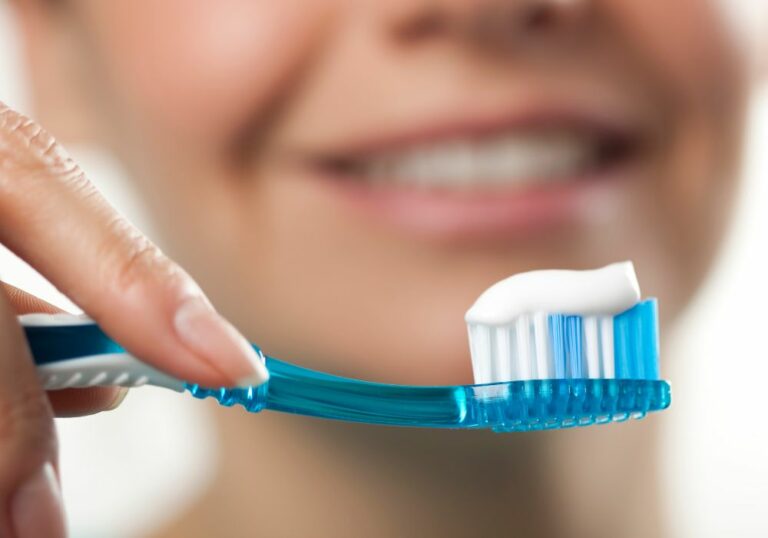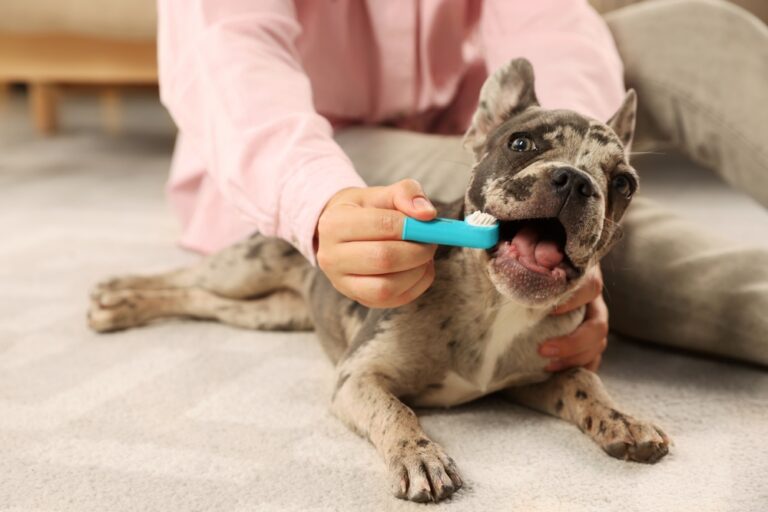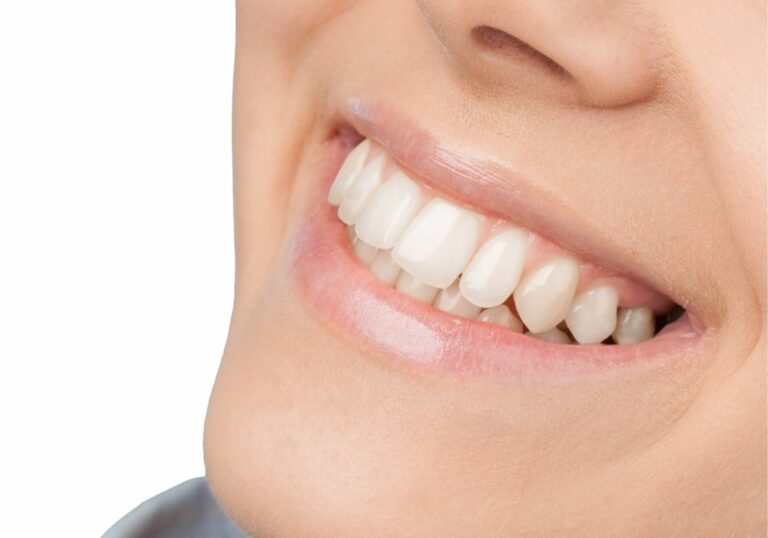Wisdom teeth are the third and final set of molars that emerge in the late teens to early twenties. These teeth are located in the very back of the mouth on the top and bottom jaws.
Wisdom teeth often become impacted, meaning they get stuck and cannot fully emerge because there is not enough room in the mouth. Partially impacted wisdom teeth are prone to problems like:
- Pericoronitis – inflammation and infection of gum tissue around the wisdom tooth. Food and bacteria can get trapped under the flap of gum over the emerging wisdom tooth, causing swelling, pain and pus discharge.
- Tooth decay – partially visible wisdom teeth are harder to keep clean and prone to cavities and decay.
- Cysts or tumors – fluid-filled sacs or abnormal growths can form around impacted wisdom teeth.
- Root resorption – wisdom teeth may damage neighboring teeth by eroding or dissolving tooth roots.
- Crowding – wisdoms pushing through can shift and crowd surrounding teeth, altering bite alignment over time.
When wisdom teeth cause repeated infections, substantial pain, or threaten the health of nearby teeth, dentists will recommend extraction surgery. This involves complete removal of the wisdom teeth and and closure of the extraction sites.
Signs you may need wisdom teeth extracted
Here are some common signs and symptoms indicating problematic wisdom teeth that likely require extraction:
- Recurring pericoronitis flareups and swollen gum tissue around the wisdom teeth
- Untreatable tooth decay or cavities in partially emerged wisdom teeth
- Development of a cyst or benign tumor around the wisdom tooth roots
- Prolonged pain and tenderness around the wisdom teeth
- Damage or resorption of neighboring tooth roots seen on dental x-rays
- Shifting or crowding of teeth near the wisdom teeth, causing bite changes
- Jaw stiffness, difficulty opening the mouth, or wisdom teeth coming in at odd angles
If you experience any of the above, consult your dentist for x-rays and evaluation of your wisdom teeth status. Extraction is often advised if the wisdom teeth are clearly causing problems.
Why get wisdom teeth removed the same day?
There are several potential benefits to having wisdom teeth extracted on the initial exam day:
- Resolve the problem faster – Removing symptomatic wisdom teeth right away provides more immediate pain relief and halves the number of office visits.
- Prevent worsening issues – Extracting problematic wisdom teeth ASAP prevents any further decay, cysts, or damage from occurring while waiting.
- Less hassle – Combining the initial exam and surgery into one visit means less time off work or school for multiple appointments.
- Higher availability – Many dental offices can more easily accommodate same-day procedures whereas wait times for surgery may be longer.
- Knock it out – Some patients prefer to get unpleasant procedures over with as quickly as possible rather than dread an upcoming surgery date.
Key factors determining same day wisdom tooth removal
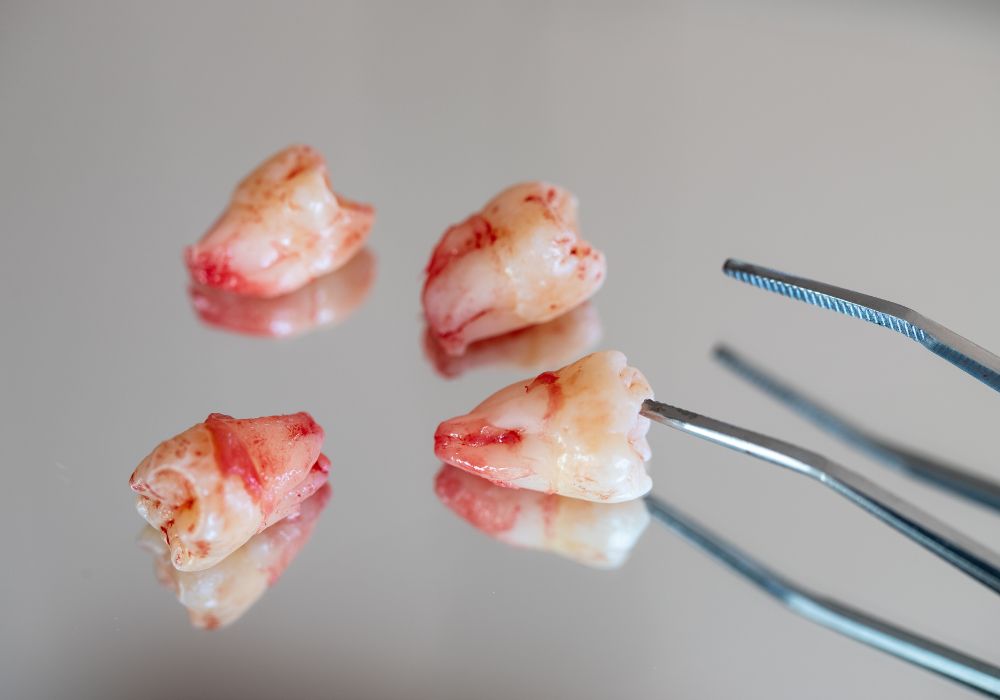
While getting wisdom teeth extracted the same day is possible in many cases, several factors play a role in determining if it is the right option:
- Insurance coverage – Confirm whether your policy covers same-day versus scheduled oral surgery procedures differently. Out of pocket costs may be higher for expedited procedures.
- Infection status – Any active gum infections around the wisdom tooth should be cleared with antibiotics first before extraction.
- Tooth position – Vertical wisdom teeth are easier to extract than horizontally impacted ones. Angled impactions may require a more involved surgical procedure.
- Anesthesia – Oral surgeons and some dentists can provide IV sedation or general anesthesia more readily than others, allowing for same-day removal.
- Dental history – Pre-existing conditions like gum disease should be stable before undergoing extraction procedures.
- Medications – Bleeding risks are higher when taking certain medications, which may make same-day extraction unadvisable.
- Age and health – Younger adults tend to bounce back from oral surgery faster. Some medical conditions could impact healing time.
What to expect on the day of wisdom tooth removal?
If you opt for same-day wisdom tooth extraction after discussing the pros and cons with your dentist, here is how the visit will likely go:
Initial exam
The dentist first performs a complete dental examination, assessing your current dental health status and the position of the wisdom teeth. X-rays are taken to visualize wisdom tooth impaction. The dentist also checks for signs of infection or cysts. You can discuss options like IV sedation.
Consultation
Next the dentist explains why removing the problematic wisdom teeth is recommended. They review potential risks and complications. Together you can decide to proceed with extraction the same day if appropriate.
Anesthesia
The dentist numbs the extraction area by injecting local anesthetic. IV sedation or general anesthesia is administered if you arranged for that.
Surgery
The dentist makes an incision in the gum tissue and removes obstructing bone and tooth material. The impacted wisdom tooth is carefully extracted. Stitches close the surgical site.
Recovery
You recover at the dental office for 30-60 minutes while numbness wears off. Postoperative instructions are reviewed before you are discharged home with a caregiver.
Recovery timeline for same-day wisdom tooth extraction
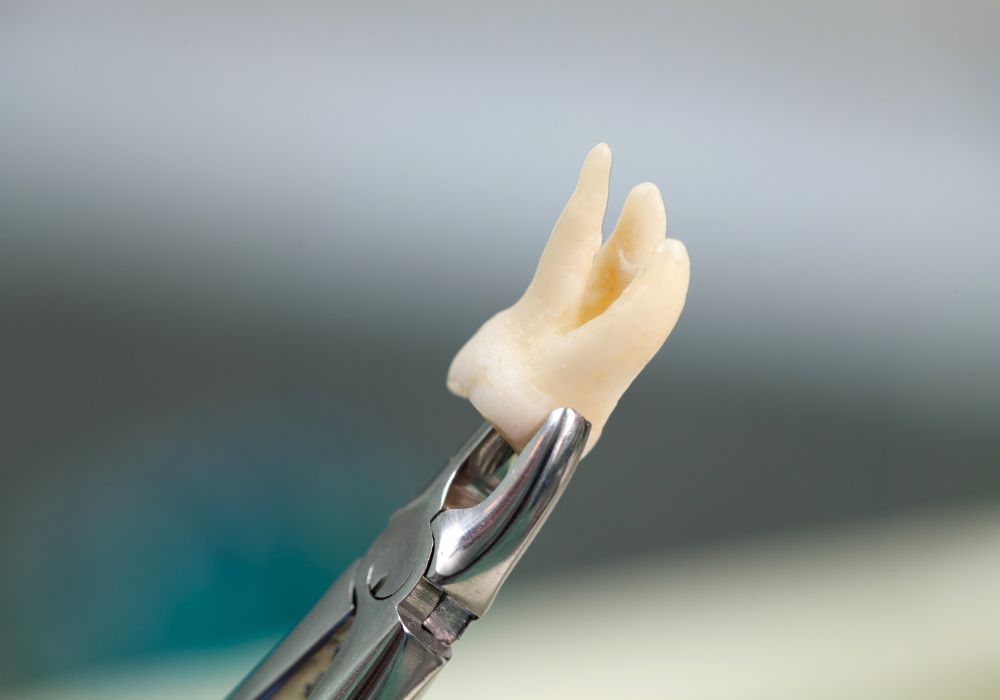
Recovery typically progresses through the following stages after getting wisdom teeth removed on the same day:
Day of surgery
Expect significant swelling, pain, and bleeding immediately after the procedure. Numbness wears off within a few hours. Use ice packs and take medication as needed for pain and inflammation. Eat only soft foods like yogurt, applesauce, and broth.
Days 2-4
Pain and swelling peaks on days 2-3 and begins improving by day 4. Take medication around the clock. The extraction sites may ooze a bit. A saltwater rinse helps keep sites clean after eating. Avoid hard, crunchy foods and vigorous activity.
Days 5-7
Pain should be more manageable by days 5-7 but some soreness in the gums remains normal. Bruising around the jaw and neck may occur. Swelling decreases. You can gradually resume a more normal diet but avoid extremely hot foods.
Week 2
You should be back to your usual routine with minimal discomfort, improved range of motion and much less swelling and bruising. Use soft bristle toothbrush to gently clean surgical sites. Avoid smoking or drinking with straws as sites continue healing.
Infection prevention after wisdom tooth removal
Because extraction leaves open wounds in your gums, proper aftercare is essential to prevent complications like painful dry socket or dangerous infections:
- Take prescribed antibiotics as directed to prevent infection until sites heal.
- Rinse mouth gently with saltwater after eating to keep food debris out of surgical sites.
- Avoid disturbing the surgery sites – no smoking, vigorous rinsing, or poking around with fingers or tongue.
- Brush and floss gently around the extraction sites to keep the area clean.
- Watch for signs of infection like fever, chills, nausea or severe pain and contact your dentist immediately.
Follow all postoperative instructions carefully, whether you had same-day extractions or a scheduled surgical visit. Report any concerns promptly since infection can be serious when left untreated.
When same day wisdom tooth extraction may not be advisable?
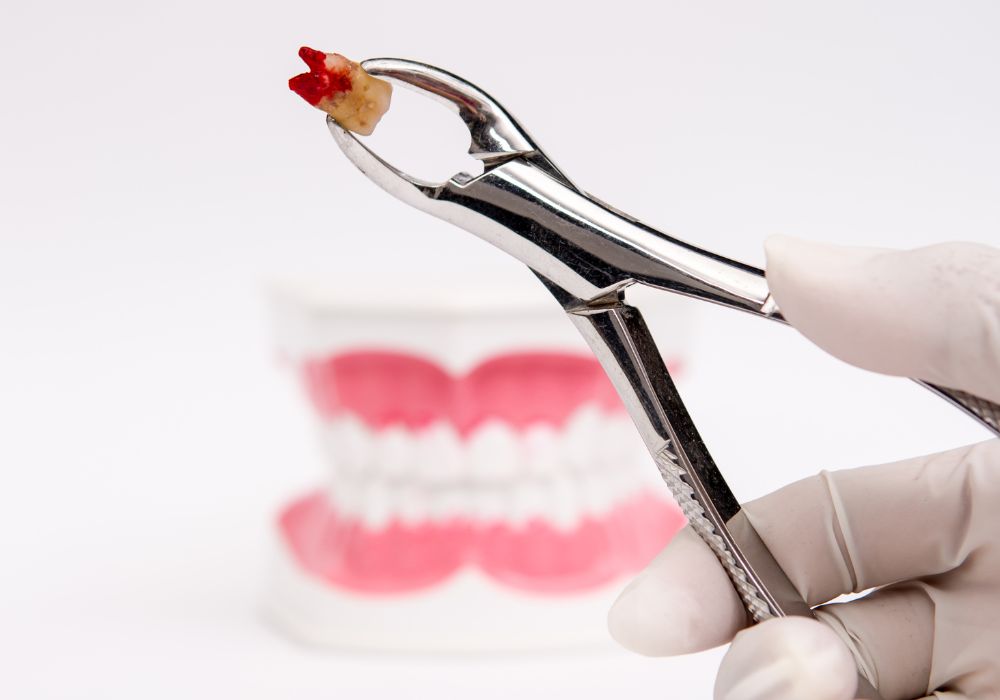
While expedited wisdom tooth removal is often possible, these factors may make a later surgical extraction date a safer choice:
- Pre-existing infections – antibiotics should eliminate any oral infections before surgery.
- Highly angled impactions – complicated extractions may require an oral surgeon’s skills.
- Lingering dental work – issues like active gum disease should be stabilized first.
- Medical conditions – some health issues impact healing or surgical risks.
- Medication conflicts – blood thinners make bleeding and dry socket more likely.
- Unfavorable insurance – if coverage differs substantially for expedited procedures.
- Work schedule – lack of availability for needed recovery period after surgery.
- Anxiety level – patients highly nervous about extraction may benefit from more preparation time.
Discuss any concerns or complicating factors openly with your dentist. For some patients, allowing additional lead time before wisdom tooth removal is most prudent.
In summary, while expedited wisdom tooth extraction is possible in straightforward cases, it has pros and cons to weigh. Carefully consider your specific dental status, health history, costs, scheduling and comfort level before pursuing same-day surgery.
Wisdom tooth extraction FAQs
Can I drive myself home after getting wisdom teeth out the same day?
No, you cannot and should not drive yourself home after having wisdom teeth extracted, even if you feel relatively alert after the procedure. The sedatives or anesthesia can make you legally impaired behind the wheel. Have someone drive you home and stay with you for 24 hours.
How can I minimize swelling after wisdom tooth removal?
Using cold compresses on your face for the first 48 hours helps constrict blood vessels and reduces inflammation and swelling. Sleep with your head elevated and avoid strenuous activity right after surgery. Some residual swelling is normal for up to a week.
When can I resume normal physical activity after wisdom tooth extraction?
Avoid any strenuous activity for at least 3-4 days after having your wisdom teeth out. Jarring movements can disturb the surgery sites. Start with short, gentle walks and light activity after a few days. Build back up to your normal exercise routine after 7-10 days.
Is dry socket more likely with same-day wisdom tooth removal?
Dry socket (exposed bone with severe pain) is an unfortunate risk with any wisdom tooth extraction. Smoking or disturbing the surgery site prematurely can make you more prone to dry socket. Follow all post-op care instructions carefully, whether you had same-day extraction or a separate surgical visit.
When can I stop taking the prescription pain medication?
Only stop taking the prescribed opioids or pain relievers when you can manage discomfort successfully with over-the-counter medication or ice packs. Generally this is 5-7 days after surgery. Don’t stop too early, as staying ahead of the post-op pain is crucial in the first week of recovery.
In summary, it is possible to have your wisdom teeth extracted the same day as your initial evaluation in many cases. This offers convenience but also less preparation and potentially higher costs. Discuss your specific situation with your dentist to decide if same-day wisdom tooth removal or separate surgical extraction is better based on health factors, insurance coverage, costs, anesthesia needs, and your schedule and pain tolerance. Make sure to carefully follow aftercare instructions to support smooth healing after surgery, whether it is done the same day or scheduled later.


